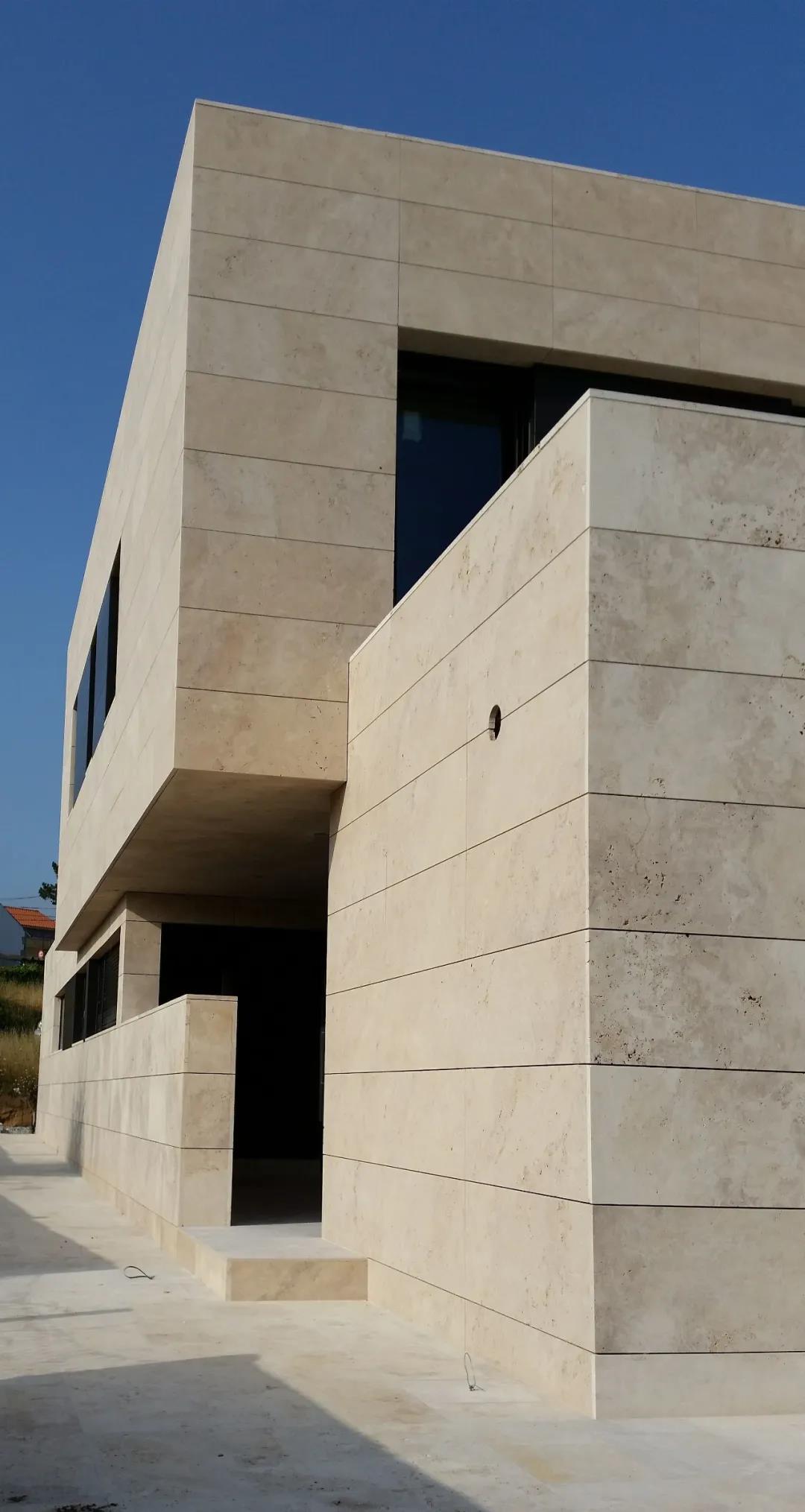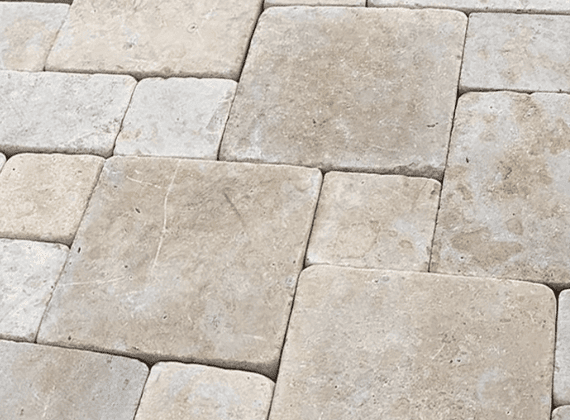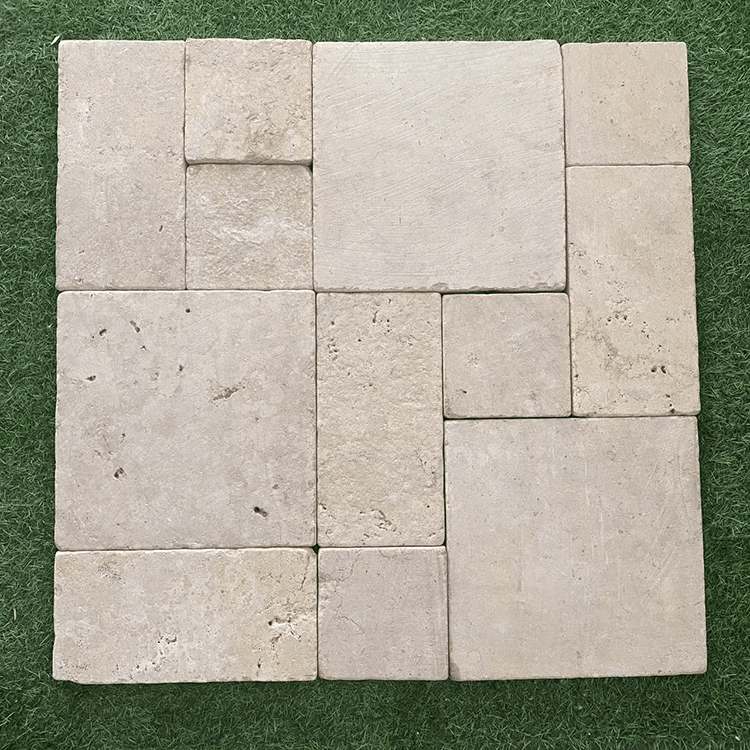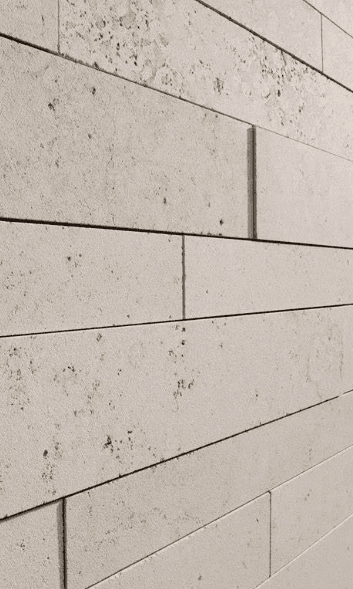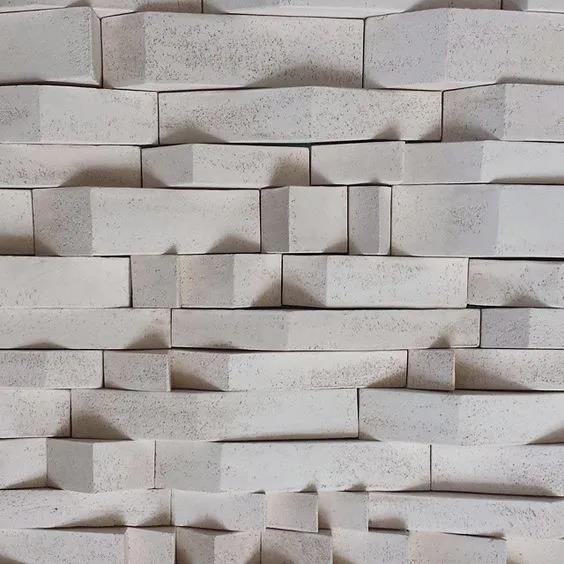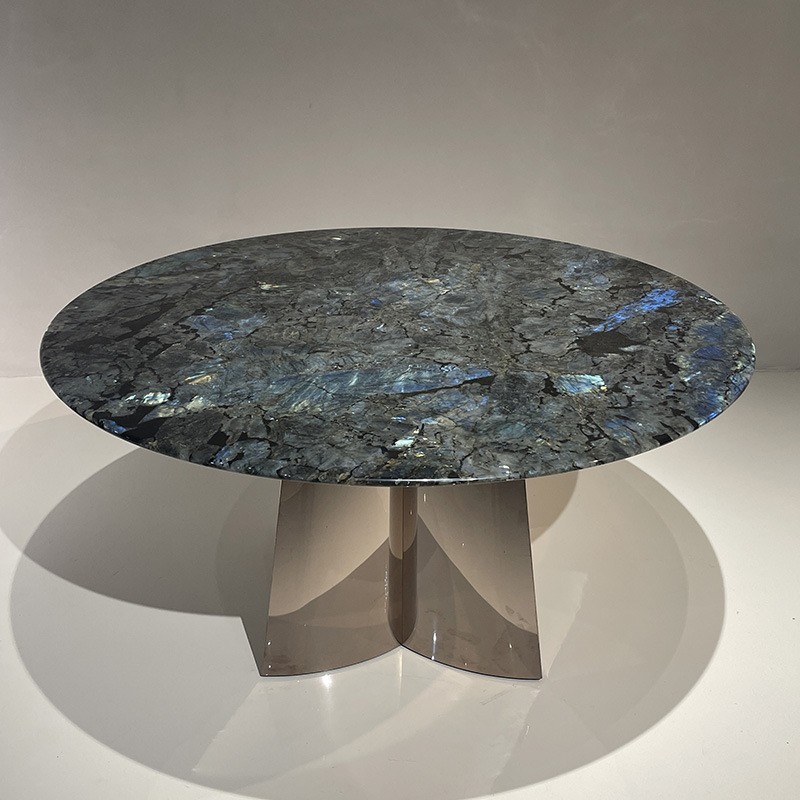The Promising Future of Limestone in Architectural Decoration
Yuki
Limestone is a natural stone primarily composed of calcium carbonate, formed from the sediments of marine organisms such as shells, corals, and other debris on the ocean floor millions of years ago. It is a crystalline stone formed through the accumulation of weathering and crustal movements. Known as the "stone of life" due to its main component being unmetamorphosed calcium carbonate, which is the same as the composition of human bones, limestone is highly compatible with the human body. It comes in various colors and surface textures, such as white, gray, and brown, and possesses advantages such as sound absorption, moisture absorption, and heat insulation. Limestone has a wide range of applications in architectural decoration, especially in Europe, where it has a long history.
With the shift in consumer perspectives in recent years, limestone is also becoming increasingly popular in domestic markets. Below, the editor from 139 Stone Network discusses the application prospects of limestone:
The Application Prospects of Limestone
As a natural stone, limestone has been widely used in the construction and decoration industries due to its unique aesthetic characteristics and excellent physical properties. In recent years, with the growing emphasis on environmental protection and sustainable development, as well as the continuous increase in demand for new materials in the construction industry, the application prospects of limestone appear even broader.
Market Demand under the Trend of Environmental Protection
With the strengthening of global environmental policies, the selection of building materials is increasingly inclined towards environmental protection and sustainability. As a natural stone, limestone's environmental attributes align with this trend. Moreover, its weather resistance and resistance to weathering make it a specialized material for the beautification and protection of highways and bridges, which will further promote its application in infrastructure construction.
Innovative Applications in the Construction Industry
Limestone can be used not only in traditional areas such as exterior walls, columns, and railings but also can be processed in different ways to create various decorative effects, such as polishing, sandblasting, or flamed finishes. This diversity meets the creative needs of different designers and architects, thereby expanding its application range.
Impetus from New Material Technologies
Advancements in technology provide new possibilities for the application of limestone. For example, by deconstructing and replicating the high-end textures in limestone, thick stone bricks with uniform and natural patterns and a naturally fine texture can be developed. These products are suitable for indoor and outdoor wall and floor tiling scenarios and have characteristics such as being resistant to bending and wear, acid and alkali resistance, and weather and corrosion resistance.
Conclusion
In summary, under the support of environmental policies, the innovative demands of architectural design, and the development of new material technologies, the application prospects of limestone are very broad. In the future, as people's requirements for environmental protection and aesthetics increase, limestone is expected to occupy a more important position in the construction decoration industry.
